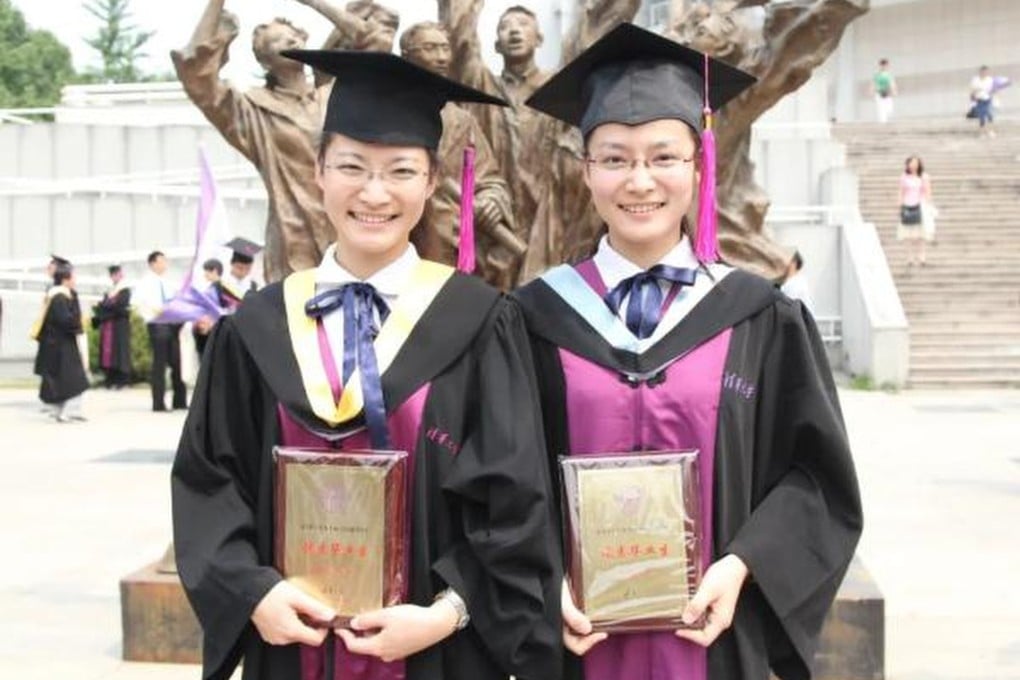Tsinghua University’s ‘star’ twin scientists return to China from the US, Canada
- The sisters, whose study schedule turned them into social media stars, are teaching at major universities after completing their postdoctoral research
- Ma Donghan and Ma Dongxin each made important contributions in their respective fields while in North America

The sisters Ma Donghan and Ma Dongxin, who were born in Dalian in 1989, were top students at Tsinghua when they shot to fame after their study schedule was published online. Commenters were amazed at their daily 6am-1am routine.
The twins each received special scholarships from Tsinghua University in 2012, an honour awarded to the best five undergraduates each year. They remained at Tsinghua and earned their PhDs before heading overseas.
Elder sister Ma Donghan, who continued her studies at Purdue University in the US, has joined Dalian University of Technology in Liaoning province, northeastern China as a professor. Her research focuses on super-resolution microscopy.
Both women have made important contributions, with each of them responsible for developments that have advanced scientific understanding and led to improvements in their respective fields.